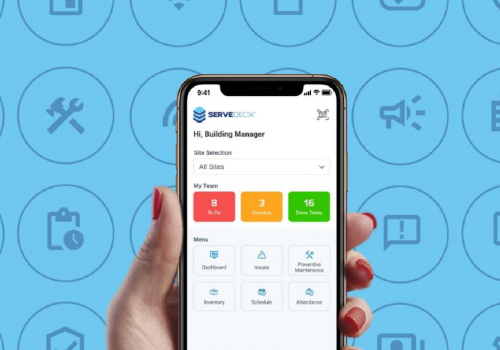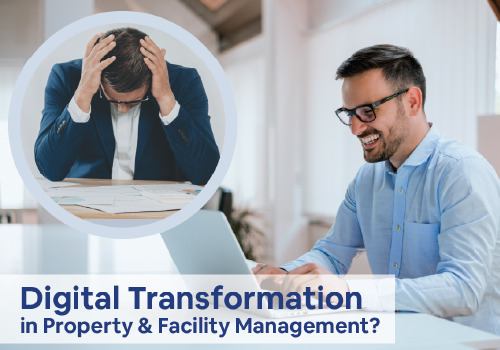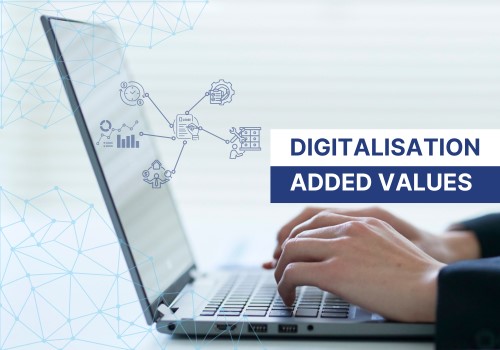5 Technology Trends Towards Smart Building Excellence

Office buildings totally deserted, empty roads and shopping malls have been part of our lives for the past 24 months. It was only two years ago that the world discovered a new and totally never experienced before, way of living, working, playing, and learning!

March 18th, 2020 the day in which Malaysia joined hands with the greatest part of the world in a global effort to stop the spreading of a deadly Covid-19 virus, the day the first Movement Control Order (MCO) took place.
I can still remember the mixed feeling of fear and, somehow, excitement I had. We were moving towards something never experienced before, a full global lockdown where people were allowed to move only within the spaces of their homes. All offices and shopping malls were closed, flights grounded, kids were discovering a new way of online learning and hospitals were overpacked with infected people!
As a member of the Malaysia PropTech Association, I clearly remember how, beside the frustration of not being able to go anywhere, this new “way of living and working” excited me as I saw a great opportunity for a “forced” speedup of digital adoptions in the built environment.
It happened throughout all the layers of the real estate ecosystem as stakeholders from the four main verticals of real estate, Plan, Construct, Transact, and Manage, were all looking for solutions to a sudden, and possibly medium-long-term, shift of working practices.
All members of the “Technology Applied to Property” community did wonder, and in a few weeks, new digitalized procedures and remote working solutions were offered to real estate industry players helping them to maintain a remote control on the operations of their businesses.
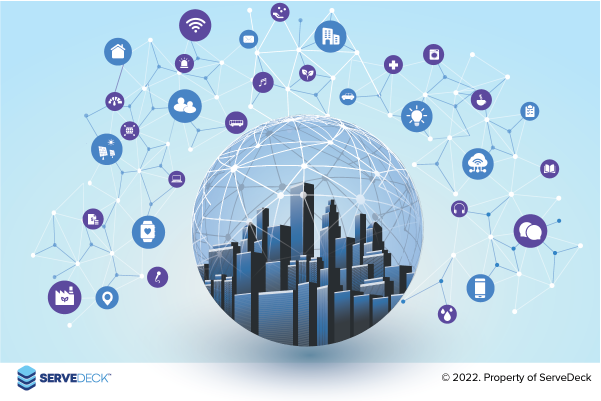
From the planning vertical to the managing one, digitization of processes transformed and simplified users’ experience towards the new remote way of working, re-engineering people’s interactions within their real and virtual working spaces.
For the past 24 months, driving trends, have been focused on the modern tenant and the new digital experience provided to guarantee comfort, safety, and convenience while offering to the facility managers a remote way of having the building heartbeat always under their fingertips.
April 1st, 2022 will represent the starting day of a new, and hopefully ending, phase of the return to a new normality and, with this article, we share what could be some of the “facilities-management-in-the-new-normal” strategic trends.
# 1 – Building’s Heartbeat at Our Fingertips With Sensor Technology
“Internet of Things” (IoT) has been a buzzword for many years and you can read more about it in this article. A worldwide megatrend, nowadays, is to shift from an All-in-one-word type of grouping, IoT, to a more specific and self-explanatory term for service providers in real estate and facilities managers. No more IoT but, the deployment of Sensor Technologies throughout the building in order to deliver measurable operational benefits.
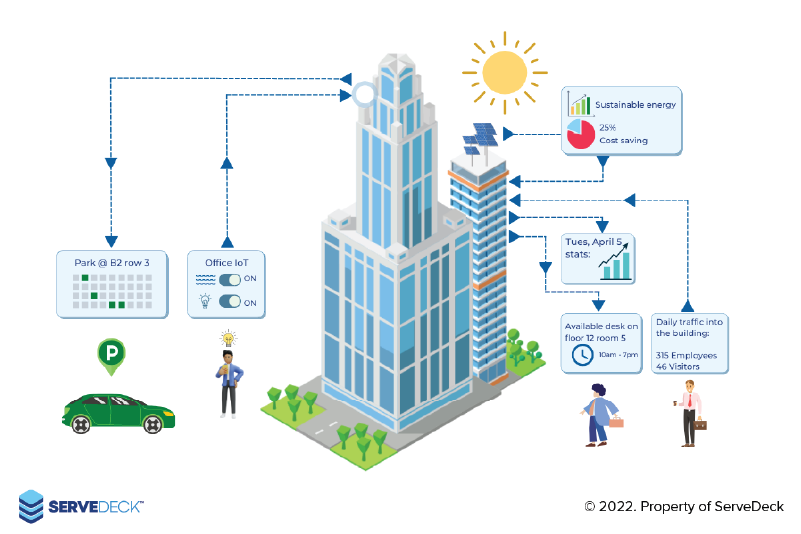
Sensor technology is nothing else than IoT put in action. It allows all building’s assets to communicate their operational and health status wirelessly and without actual human intervention. Today, wireless devices with little or self-configuration settings and almost no maintenance can be deployed in no time.
Within sensor technology, size does matter. While it may be simple to fit any size of sensor in a newly built property, when it comes to retrofitting existing assets, furniture, pipes, working spaces, and plant room equipment, the use of not overly noticeable sensors is a recommended choice to provide a “discrete” and comfortable environment to all occupiers.
Sensor technology allows the setup of an extensive network of data-capturing-points of granular ambient temperature, humidity, air/CO2 ratio as well as the status for HVAC, electrical and water treatment systems. Furthermore, hardly visible sensors provide real-time insight on desk and space occupancy, available carpark locations, washroom usage and cleaning status. Tenants and visitors are even able to express satisfaction and ask for support using QR codes, wireless click or feedback panels.
#2 - Technology & Data Analytics, the Ability to Prevent and Predict
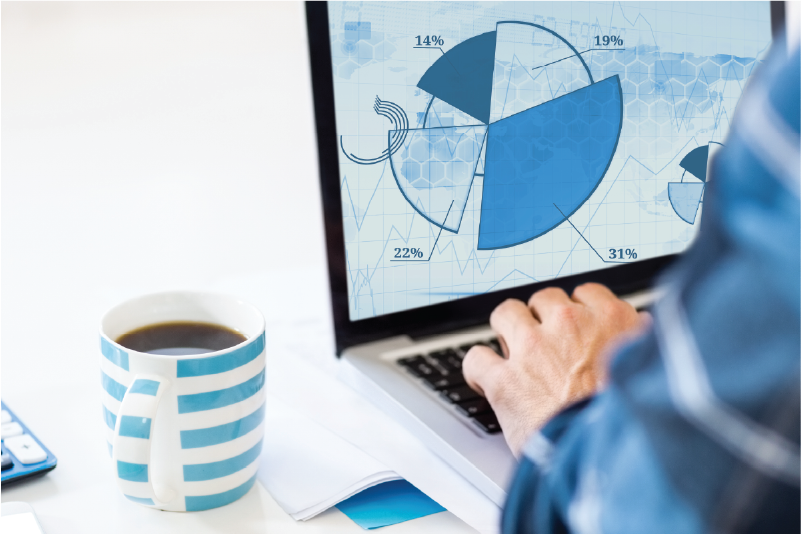
Facility managers have collected and studied data, in the past, using daily worksheets and excel spreadsheets, a tedious, not precise and time consuming task. Then, the first wave of digital transformation provided them with a more advanced way of gathering bigger quantities and more precise data which, however, still needed human intervention for the analysis part.
Thanks to sensor technology, today's data has grown to big data as their collection is continuous and not linked to specific time frames during the day. The implementation of all-in-one digital solutions for building and facilities management, enables the use of big data to automatically issue work orders or rectifying actions/procedures.
As an example, let’s look into monitoring of space occupancy in an office tower. Using new sensor-based occupancy data points, building management systems will automatically adjust lights, ventilation, and temperature according to the occupancy rate at any given time.
Once a building has been “wired” and digitally connected / controlled, it will easily generate energy savings easily in the range of 15% to 30%. Today’s technology allows us to constantly analyse building data and determine usage and consumption patterns. Facility managers, with a simple look at their “building dashboard”, will have a real-time status and understanding of what is happening in their buildings.
#3 - Safe, Handy and Limitless: Cloud-based Data Collection
The past two years of remote working experience have highlighted the need to have access to data and information at any time and from anywhere. This also applies to the commercial built environment.
The use of cloud-based services has greatly simplified data collection and storing. Cloud-based digital solutions allow to have the building’s collected data available while working remotely and at any desired time. Data loss risk mitigation is also an important area addressed by cloud-based services. Failures or loss of backups is no more an issue as data is collected and stored for you in the Cloud on a 24/7 basis.
#4 - Remote or Hybrid Working in FM: Presence-less Building Monitoring
The combination of the three previous trends represents the backbone for remote monitoring of your commercial building enhancing the remote-working ability of facility managers.
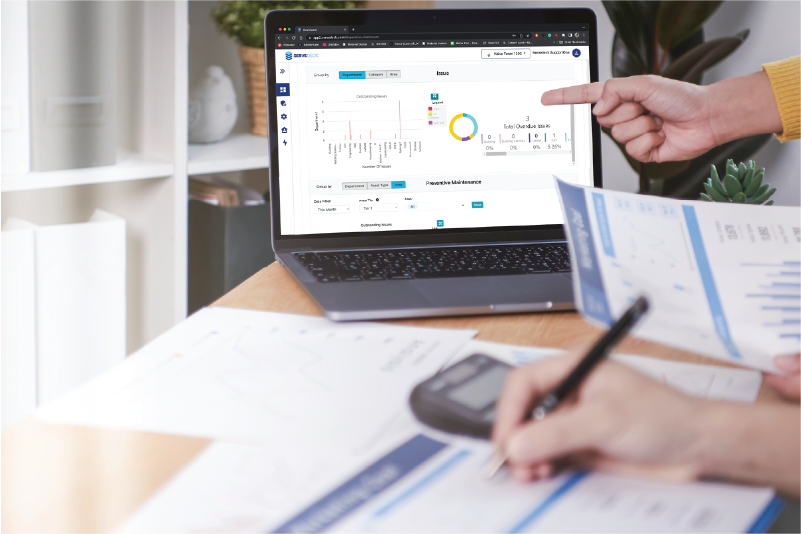
With smart sensors, cloud technology and data analytics connected through an all-in-one digital solution, building and asset monitoring, teams’ job assignments, issues and incidents or emergencies management is all done remotely. A full overview of assets, equipment and environmental parameters within all the managed buildings is made available regardless of where the facility manager is or, what time it is.
#5 - New Set of Services Needed to Support the Shift to Digitalised Workplaces
Until recently, digital workplace services have been mostly focused around employees and tenants’ comfort and experience. In a global labour market competing for talents, companies wanted to be sure to deliver an exceptional workplace experience. As businesses are now returning to an in-office or hybrid working mode, sensors and data analytics enable data-based decisions on distancing measures, high standards & controls of hygiene/transmission safety and contactless communications between facility managers and building’s visitors, tenants, employees and management teams.
An all-in-one digital solution for facility and operation management provides plenty of data and output enhancing these three areas of the users’ experience.
Building and Working Spaces Accessibility
-
Desk availability and way-finding
-
Smooth and secured visitors management
-
Easy accessibility
-
Reduced and controlled desk occupancy levels
-
Reduce necessary face-to-face interactions through smart assets and panels.
Building’s Facilities & Services Accessibility
-
Meeting room availability and booking/release
-
Meeting room assistance buttons and panels
-
Service request buttons around printers, coffee machines, communal equipment
-
Washroom cleaning status and improved cleaning regimes
-
Washroom occupancy and distancing
-
Event-driven cleaning regimes
-
Tracking temperature and relative humidity (40-60% rule) for minimal viral spread
-
Canteen occupancy
Facility Management / Tenants Communications
-
Office temperature and climate
-
Announcement/circulars
-
Feedback panels
-
Direct communication between tenants and technical maintenance team
-
Work request from Tenant with integrated payment processing
-
Application forms for contractor work permit, renovation request, extension air conditioning operating hours, etc
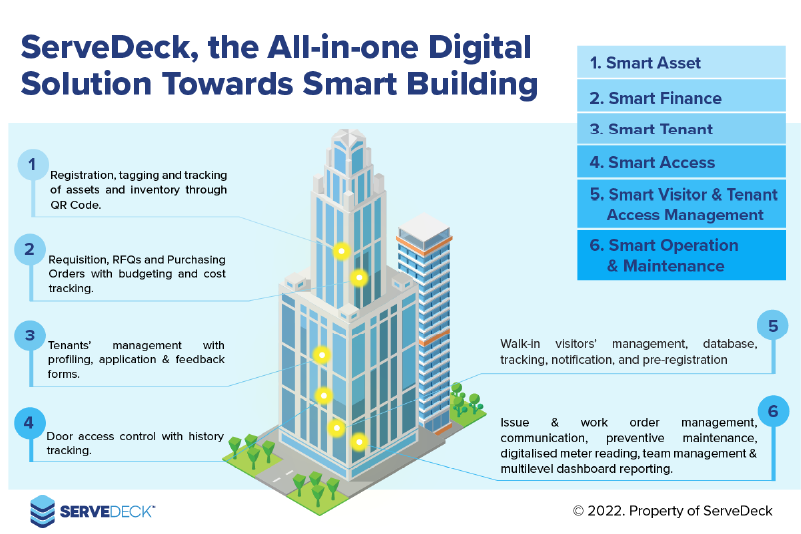
Since 2018, ServeDeck has been working and is committed to provide the state-of-the-art in digitalised solutions for all these 5 megatrends helping to reshape the future of facility management. ServeDeck is a market leading and technology based digital solution whose mission is to transform facility management into a seamless digitised experience for all stakeholders in the Commercial Real Estate.
ABOUT THE AUTHOR
.jpeg)
The opinions expressed in this article are solely of the author, Dr Daniele Gambero.
Dr Gambero has been an expatriate to Malaysia from Italy, since 1998 and has more than 35 years of real estate experience. He is the co-founder and group CEO of REI Group of Companies, the Co-founder of Propenomy.com and the deputy president of the Malaysia Proptech Association.
In the past 10 years Daniele, as international and TEDX speaker, has engaged several hundreds thousand people talking about Property, Economy, Propenomy, Digital Marketing and Motivation. He is also a bestselling author and columnist on several magazines and main stream media. You can reach him directly through his LinkedIn page here.
SHARE THIS POST:
Comments (1)
Leave a Reply
Your email address will not be published. Required fields are marked *

